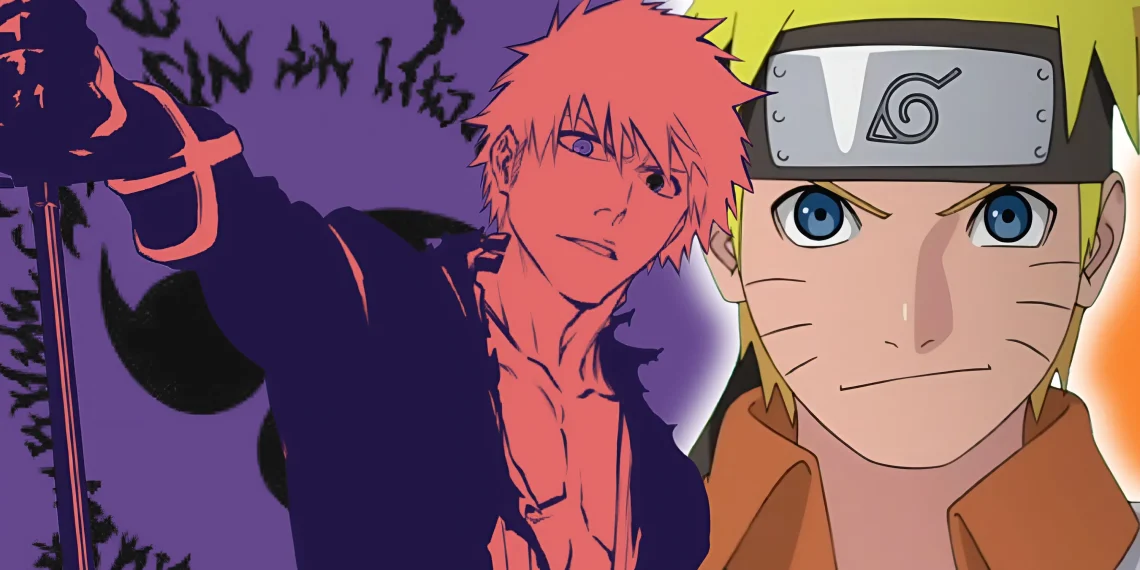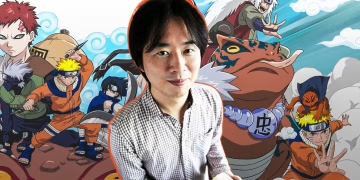The long-standing rivalry between the fanbases of Naruto and Bleach continues to stir up intense debate, with the most recent spark involving allegations that Bleach creator Tite Kubo copied certain design elements from Naruto, created by Masashi Kishimoto.
This ongoing dispute was reignited when fans of Naruto accused Kubo of borrowing key visual elements from the Naruto series, specifically pointing to Ichigo Kurosaki’s Bankai transformation.
They claim that his horned appearance and the dark lines etched on his face bear a striking resemblance to the transformation designs of Sasuke Uchiha and Tayuya’s Curse Mark forms.
On the other hand, Bleach fans argue that such accusations lack any solid foundation.
They maintain that the supposed similarities are merely coincidental, a result of common shonen tropes rather than any intentional borrowing or imitation.
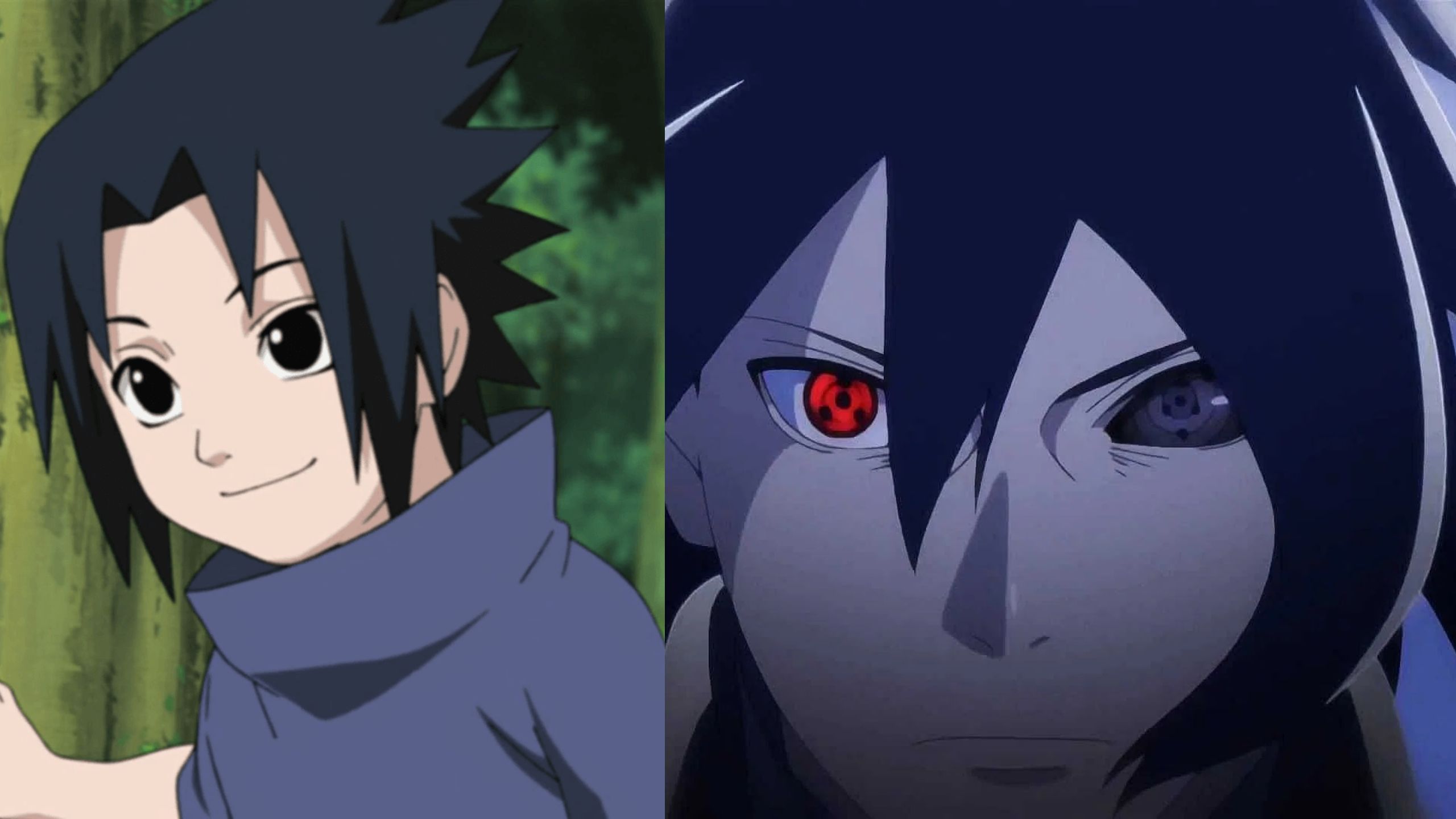
While discussions rage on various social media platforms, the two fandoms remain fiercely loyal to their respective series, fanning the flames of this longstanding conflict.
Despite both being highly regarded in the anime world, the accusations have once again created a rift between Naruto and Bleach communities, dividing fans into two distinct camps.
Heated Arguments Over Alleged Design Copying Between Naruto and Bleach
The most recent flare-up in this rivalry centers on accusations directed at Kubo for allegedly copying visual elements from Kishimoto’s work.
Specifically, Naruto fans claim that Ichigo’s appearance in his Bankai form resembles the horned transformations and Curse Mark patterns that are seen in Naruto, particularly with characters like Sasuke Uchiha and Tayuya.
Sasuke’s Curse Mark transformation, which features dark, jagged markings across his skin, and Tayuya’s demonic horned appearance during her own transformation, are cited as the primary inspirations for Ichigo’s look.
This isn’t the first time fans of these two series have clashed, but the current discourse reignited when these similarities were brought up once again.
Bleach is so shameless man,
Copying Naruto bar for bar🤢 pic.twitter.com/daMcI4kIMJ— Sukuna D Luffy (@Dragon006811350) September 3, 2024
For Naruto fans, the resemblance is too glaring to ignore, with many of them accusing Kubo of taking direct inspiration from Kishimoto’s designs without acknowledgment.
However, the Bleach fandom is quick to counter these claims. Many Bleach fans assert that these accusations are unfounded, arguing that both Kubo and Kishimoto drew inspiration from broader shonen themes and tropes.
Shonen anime often incorporates similar visual elements, such as characters with demonic transformations, dark marks, and powerful seals that unlock hidden abilities.
These visual cues are not unique to either series, and for Bleach fans, the accusations of copying seem like a stretch, given the thematic similarities that exist in so many other shonen stories.
Despite this defense, the debate remains heated, with both sides firmly entrenched in their positions.
The Naruto fandom remains adamant that Kubo borrowed elements from Kishimoto’s series, while Bleach supporters vehemently defend Kubo’s originality, highlighting that similar motifs can be found in a variety of shonen works.
Reactions from Both Fandoms
The ongoing debate surrounding the similarities between Naruto and Bleach has only deepened the rift between their respective fanbases.
While it is not unusual for fans of popular anime to engage in passionate debates over their favorite shows, the intensity of the rivalry between these two fandoms has reached new heights.
Social media platforms have become battlegrounds where fans clash over the perceived similarities between Ichigo’s Bankai transformation and the designs seen in Naruto.
On one side, Naruto fans are quick to point out what they believe to be clear instances of visual copying.
Many focus on the specific design elements of Ichigo’s Bankai form, arguing that the black facial markings and horned appearance bear an uncanny resemblance to the Curse Mark transformations of Sasuke Uchiha and Tayuya.
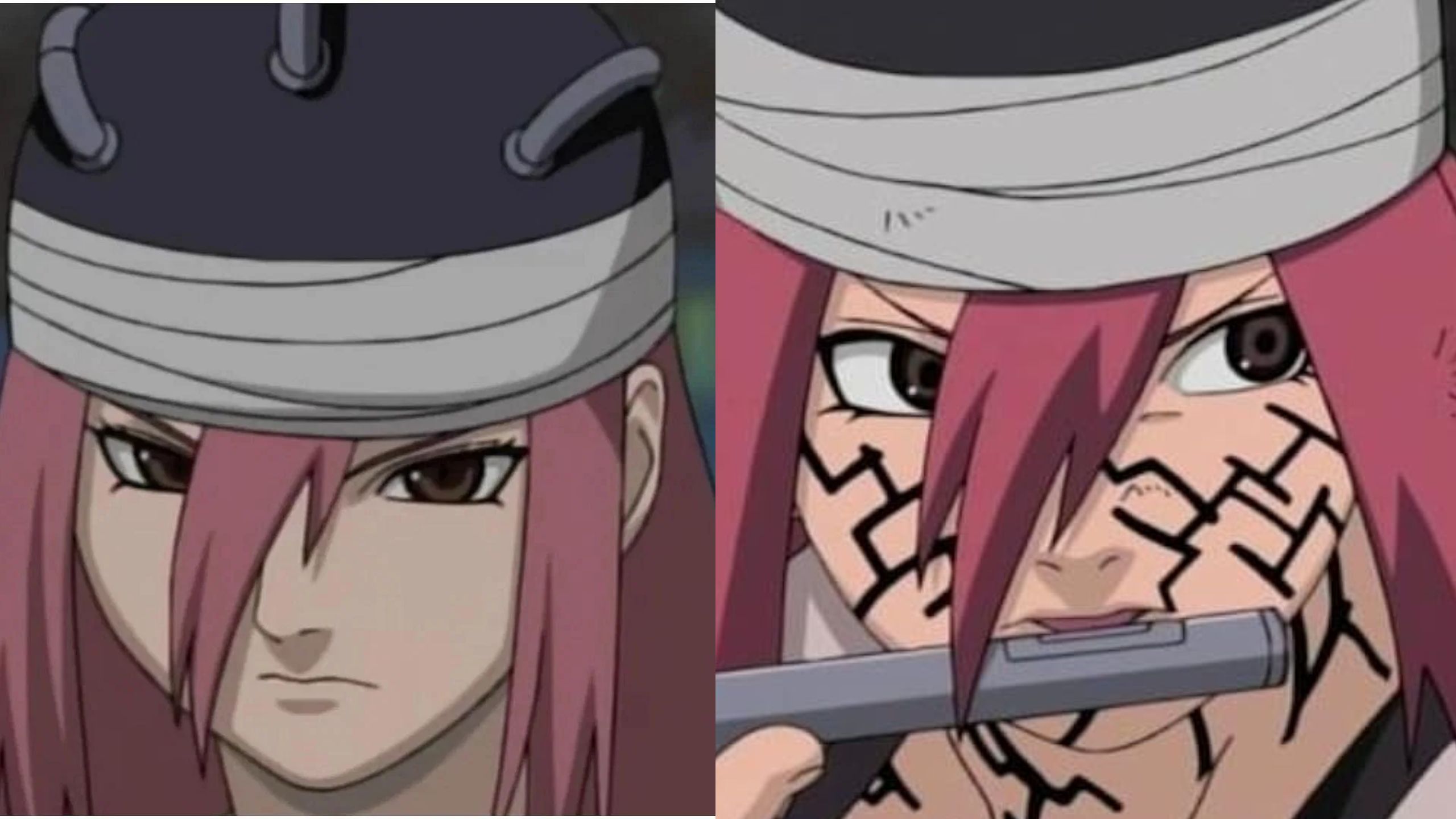
For these fans, the similarities are too specific to be dismissed as mere coincidence, and they accuse Kubo of borrowing heavily from Kishimoto’s work without adding enough of his own creative flair.
One Naruto fan expressed their frustration, stating, “Being real doesn’t mean putting up with all the lies that Bleach fans tell.
Naruto did everything first and Bleach copied him.” This sentiment reflects the broader belief among some Naruto supporters that Kubo has, on multiple occasions, drawn inspiration from Kishimoto’s work without proper credit.
Another fan chimed in, “Mayuri is an Orochimaru knock-off,” suggesting that Bleach has borrowed from Naruto not just in terms of visual design but also in character archetypes.
A third fan added, “Bleach is terrible, idk how ppl watched it. The same with juju trash can,” expressing a more generalized disdain for the series.
On the other hand, Bleach fans have been just as vocal in their defense of Kubo’s creative vision.
They argue that the accusations are baseless and that the design similarities pointed out by Naruto fans are simply a reflection of the shared tropes and themes commonly found in the shonen genre.
In this view, Bleach fans see the accusations as an attempt by Naruto fans to discredit Bleach in order to bolster their own series’ reputation.
A Bleach fan shot back, “This can’t be real. Some of you Naruto fans just can’t be real.”
Another fan added to the discussion by pointing out a key timeline discrepancy, stating,
“The first Hollow design in Bleach that contains the orange and black eyes predates the first Cursed Mark appearance in Naruto by around 4 to 6 months.”
This fan’s argument emphasizes that Bleach featured these design elements before Naruto introduced similar ones, suggesting that the accusations of copying might not hold up under closer scrutiny.
Another Bleach fan commented, “Insecure Naruto fans still mad Bleach got the strongest MC so they gotta make up lies.
Pure entertainment,” highlighting the competitive nature of the fandoms. For Bleach fans, Ichigo’s strength and design are not only original but also superior to that of Sasuke, which they believe has fueled the jealousy of Naruto fans.
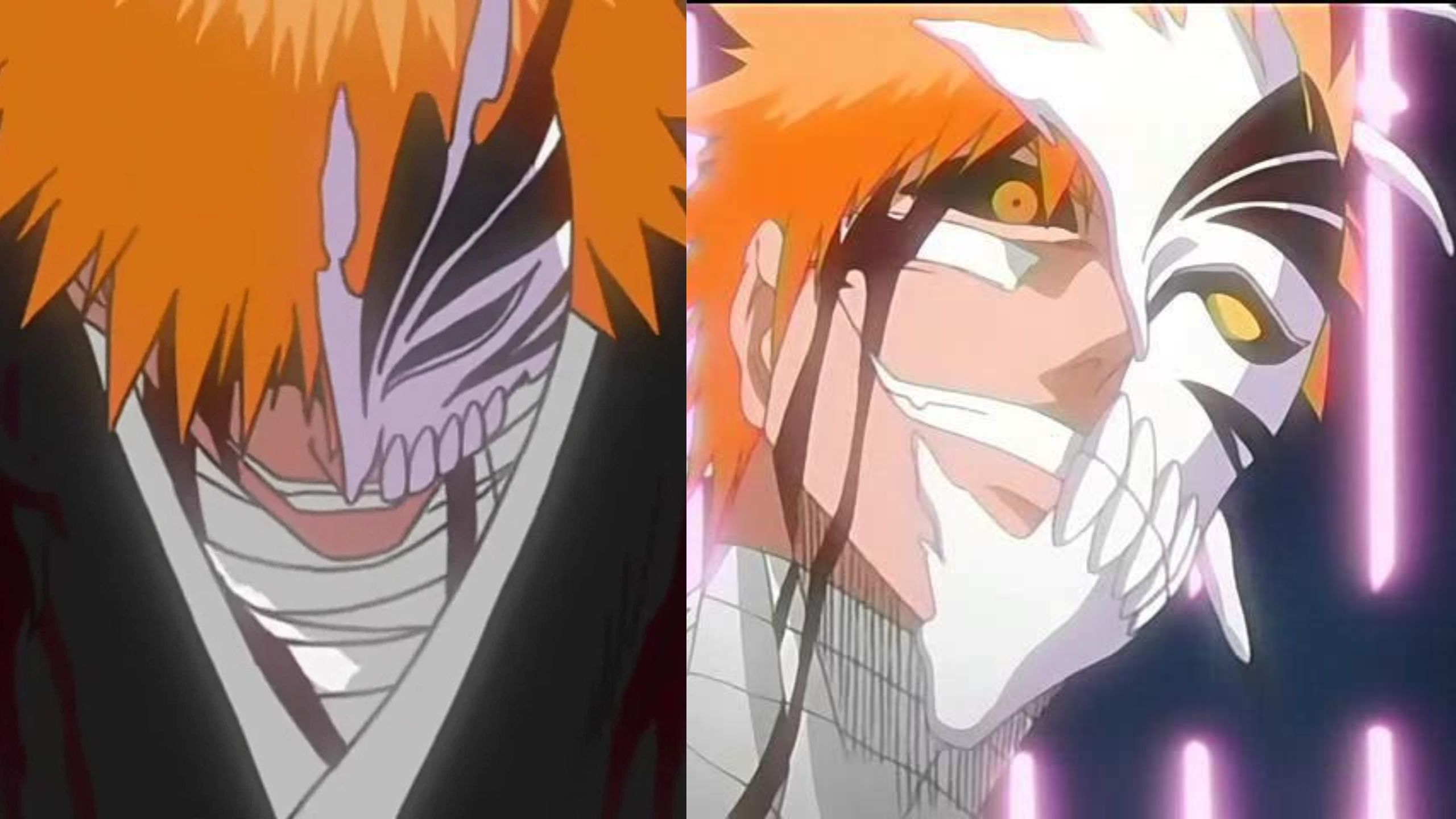
This ongoing feud between the two fanbases speaks to the passionate devotion that both groups have for their respective series, with each side unwilling to back down from the argument.
Similarities in Shonen Anime
At the core of this debate lies a broader conversation about the common visual and thematic elements that are prevalent in shonen anime.
Shonen, as a genre, often revolves around certain key tropes: young male protagonists with hidden, dangerous powers; transformations that unlock greater abilities; and visual motifs like dark markings, seals, or horns that represent a character’s descent into a more powerful or dangerous state.
These themes are not unique to either Naruto or Bleach but are instead reflective of the broader genre to which both series belong.
In this context, the visual similarities that fans have pointed out between Naruto and Bleach can be seen as part of a larger trend within shonen anime.
Many other series, including Dragon Ball Z, Hunter x Hunter, and Yu Yu Hakusho, feature characters who undergo transformations that involve changes to their physical appearance, such as dark markings or otherworldly features.
For Bleach fans, the accusations of copying are baseless because these kinds of design elements are a staple of the genre and not indicative of one series copying another.
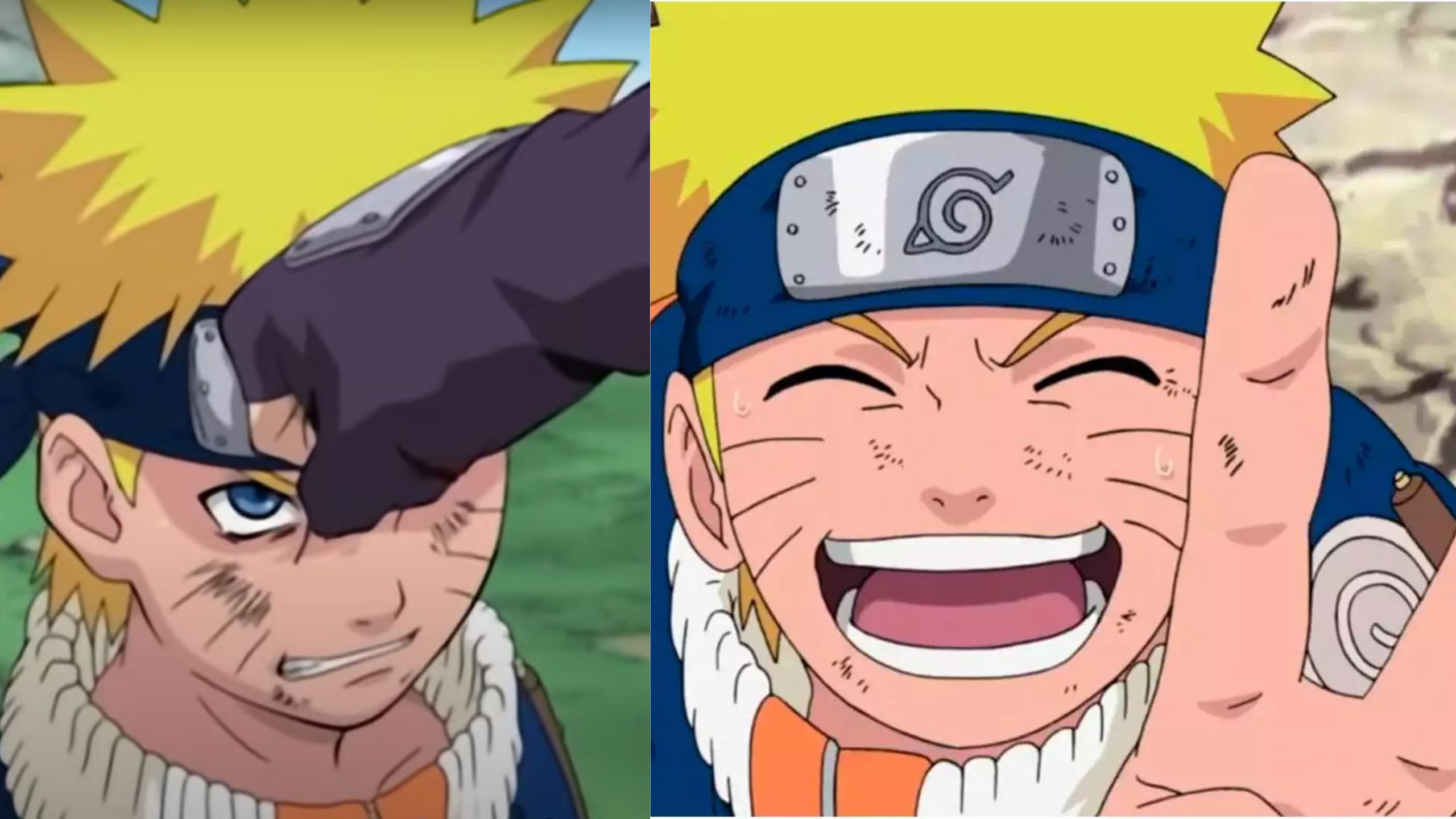
Even within Naruto and Bleach themselves, these visual motifs serve different narrative purposes.
In Naruto, the Curse Mark is a representation of the darker aspects of a character’s personality, often tied to themes of corruption or loss of control.
Sasuke’s Curse Mark, for example, symbolizes his growing detachment from his friends and his descent into a more dangerous, isolated path.
Similarly, Tayuya’s transformation emphasizes her demonic, monstrous nature as she taps into forbidden power.
In Bleach, Ichigo’s transformations, including his Bankai form, represent his ongoing struggle to control the immense power within him.
While Ichigo’s appearance may change, with dark lines and horns manifesting as visual representations of this power, the narrative focus is on his inner battle to master this strength rather than succumb to it.
This distinction in how the two series approach their transformations is another reason why Bleach fans reject the accusations of copying.
They see the visual similarities as part of a shared genre language, not as evidence of one series imitating the other.
Depth of the Naruto-Bleach Rivalry
This debate over design copying is just one episode in the long-running rivalry between Naruto and Bleach fans.
Both series were among the most popular and influential anime of the 2000s, each with massive global fanbases.
During their original runs, the two series were often compared to one another, with fans debating which had the better storylines, characters, and final quality.
This competition naturally led to some tension between the fandoms, which has persisted even after both series concluded.

One reason for this rivalry is the fact that both Naruto and Bleach were serialized in Weekly Shonen Jump, meaning that fans often viewed them as direct competitors.
Fans of one series might feel that any praise for the other comes at the expense of their own favorite, leading to an ongoing sense of competition between the two fandoms.
The current debate over design similarities is simply the latest chapter in this rivalry, but it underscores just how deeply invested fans are in their respective series.
Even though Naruto and Bleach have both ended, the rivalry between their fandoms remains as intense as ever, with each side eager to defend their series’ legacy.
For many fans, these debates are not just about visual similarities or storylines; they are about loyalty to a series that has defined their anime-watching experience for years.
This emotional attachment means that discussions, even over relatively minor topics like character design, can quickly escalate into heated arguments.
How the Shonen Genre Influences These Debates
The shonen genre plays a significant role in shaping the nature of the debate between Naruto and Bleach fans.
Shonen anime and manga, which are primarily targeted at young male audiences, tend to feature recurring themes of personal growth, friendship, and battles against increasingly powerful enemies.
Visual representations of power, such as transformations, unique markings, and changes in physical appearance, are a hallmark of the genre.
These elements are used to signal a character’s growth or descent into darker, more dangerous abilities.
In this context, the design elements being debated horns, facial markings, and other transformations are not exclusive to either Naruto or Bleach.
Instead, they are part of a visual language that is common in shonen anime.

Other popular series, like Dragon Ball Z with its Super Saiyan transformations or Yu Yu Hakusho with its demonic forms, also feature characters whose appearances change as they unlock new powers.
This shared language makes it difficult to argue that one series is directly copying another, as these tropes are widespread within the genre.
For Bleach fans, the use of such design elements in Ichigo’s Bankai transformation is simply a reflection of this genre-wide trend.
They argue that Kubo was not copying Kishimoto but rather working within the same creative space that many other shonen creators have explored.
In this light, the similarities between Naruto and Bleach are not evidence of plagiarism but rather of both series adhering to the conventions of the shonen genre.
This broader perspective helps explain why Bleach fans are so quick to dismiss the accusations of copying.
For them, these visual elements are part of a larger tradition, and accusing one series of copying another overlooks the fact that many shonen creators are inspired by the same themes and visual motifs.
The Speculations of the Naruto-Bleach Rivalry
As long as both series continue to have passionate fanbases, the rivalry between Naruto and Bleach is unlikely to disappear anytime soon.
Even though both series have officially concluded Naruto with the sequel series Boruto: Naruto Next Generations, and Bleach with its final arc, the Thousand-Year Blood War the legacy of both continues to live on through dedicated fans.

These fans remain highly engaged with the series, discussing everything from favorite characters to key plot points, and, as seen in this debate, comparing the creative decisions made by Kishimoto and Kubo.
The enduring popularity of both series also means that new fans are continually discovering Naruto and Bleach.
As these series are introduced to new generations of viewers, the potential for renewed debates over their respective merits remains high.
In fact, with the increasing availability of both series on streaming platforms and the resurgence of interest in anime worldwide, it’s likely that the rivalry between these two fandoms will only intensify in the years to come.
At the same time, both Naruto and Bleach have left a lasting impact on the broader anime industry.
They helped shape the shonen genre as we know it today, influencing newer series like My Hero Academia and Jujutsu Kaisen.
This legacy means that even as fans continue to argue over design similarities or plot points, both series have cemented their place in anime history.
In a sense, the rivalry between Naruto and Bleach is a testament to the cultural significance of both series.
Fans are deeply invested in defending the shows they love because these series have had a profound impact on their lives.
Whether through the characters they relate to, the storylines that resonated with them, or the friendships they’ve formed through their fandom, Naruto and Bleach are more than just entertainment they’re part of their fans’ identities.
A Rivalry That Reflects Passionate Fandom
The ongoing debate between Naruto and Bleach fans over alleged design copying reflects the deep passion and loyalty that fans have for their respective series.
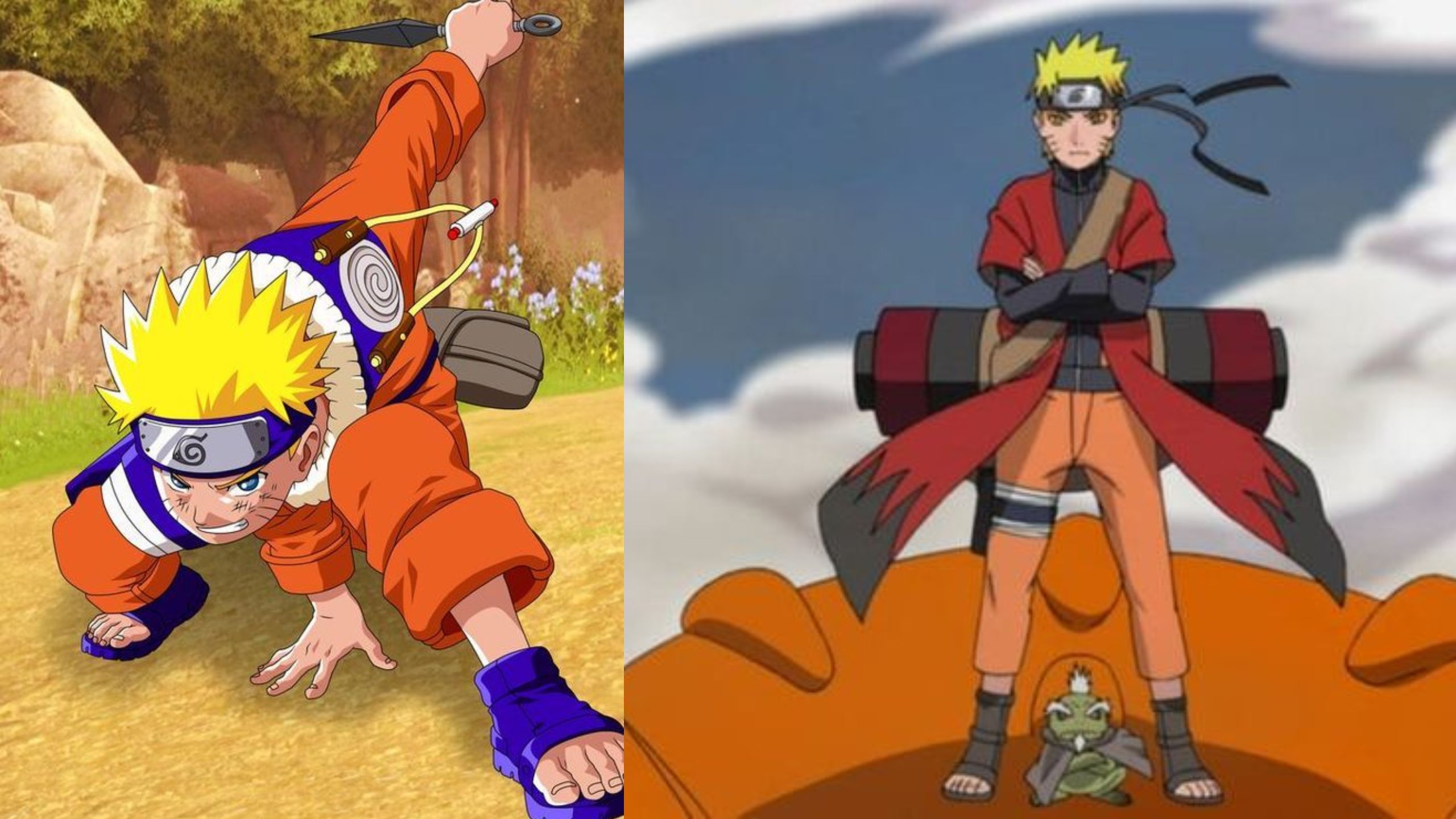
While some Naruto fans are convinced that Kubo borrowed visual elements from Kishimoto’s designs, Bleach fans strongly reject these accusations, pointing to shared genre tropes and themes that are common in shonen anime.
Ultimately, this debate is about more than just design similarities. It’s a reflection of the broader rivalry between two of the most iconic anime series of the 2000s.
Fans of both Naruto and Bleach are deeply invested in their favorite shows, and this emotional attachment drives the intensity of the discussions that take place on social media and in fan communities.
In the end, whether or not Ichigo’s Bankai transformation bears any resemblance to Sasuke’s Curse Mark form is almost beside the point.
What really matters is the sense of ownership and pride that fans feel for their favorite series.
For many, Naruto and Bleach are not just anime they’re cultural touchstones that have left a lasting impact on their lives.
And as long as that passion remains, the rivalry between these two fandoms will continue to thrive.

